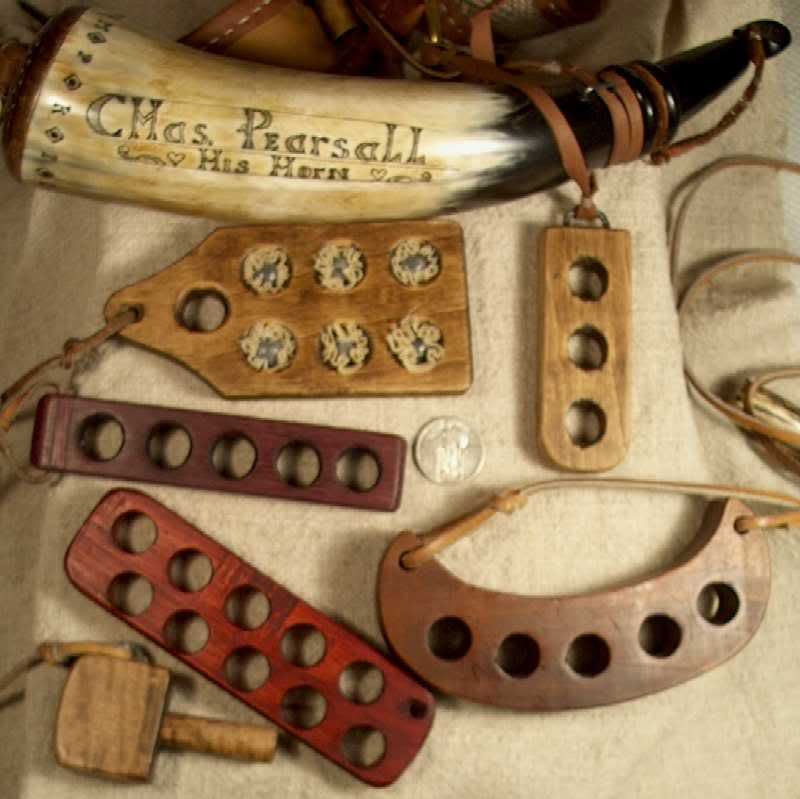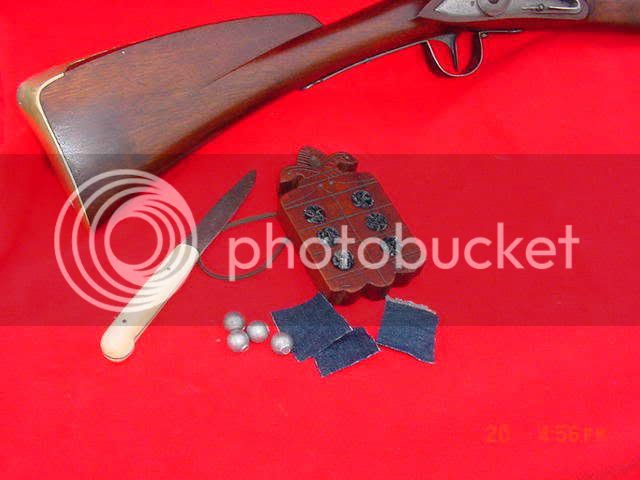Slowpoke: You will have to use some very hard, tough wood to cause any deformation of the ball loading it in the block. Probably something like Ebony, or Ironwood. I can't think of an American hardwood that would take the kind of pressure needed to deform a lead ball without risking splitting the board itself. If you made the board out of some syntheic material, you can get stuff hard enough to do what you want. But you would not have something that looked period correct. If you can live with that, look for something in fiberglass, or thick lexane.
For a .54 cal. bullet board, you want it at least 1/2 inch thick, and you will probably like it better if no part of the ball is sticking up out of one side or another. So, go to a 5/8 thick board. I would try using Ash, if I had to choose an American Hardwood, simply because this is the wood used to make baseball bats. Hickory would be my second choice. I would be looking for tight grain on both woods for this kind of project, the closer the growth rings, the better.
I think you would be better off using that slightly small diameter RB, and thicker patching, as suggested above.







